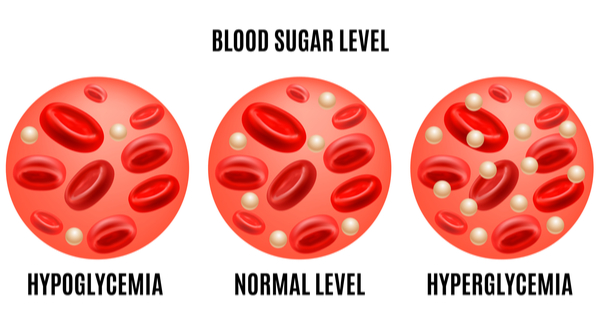Hypoglycemia occurs when the level of glucose (sugar) present in the blood falls below normal, i.e., below 4 mmol/L (72mg/dL). Being aware of the early signs of hypoglycemia can help allow better treatment of low blood glucose levels.

Awareness is also essential among family and friends so that they can recognise the symptoms sooner.
Symptoms of Hypoglycemia
The main symptoms include:
- Sweating
- Fatigue
- Dizziness
- Pale looking skin
- Excessive weakness
- Blurred vision
- Confusion
- Increased heart rate
- In extreme cases coma
Who Is at Risk?
People taking the following medications are usually at a higher chance
- Insulin
- Sulphonylureas
- Prandial Glucose Regulators

Main causes of Hypoglycemia
Even though medications are the major reasons, a number of other factors can increase the risk as well.
- High insulin dose
- Delay in meals
- Physical strain
- Alcohol consumption
What to Do When Sugar Levels Drop?
- You should immediately consume about 15 gms of glucose or simple carbs. This can be found in glucose tablets, raisins, a tablespoon of honey, or just some jelly candy or gumdrops.
- You need to check your blood sugar levels post 15 minutes of consuming some glucose.
- In case it seems low, try retaking the glucose dosage.
- Once the sugar levels return to normal, grab a quick snack.
- In case things don’t improve, rush to your doctor immediately.
If this condition remains untreated it can lead to a seizure or leave you unconscious. It is advisable to keep a glucometer with you at all times. A glucometer helps you monitor and track blood sugar levels anytime, anywhere.
Consult BeatO’s health coach for free and control your diabetes. Download the BeatO app!
Check your blood sugar level with Beato Glucometer today.




